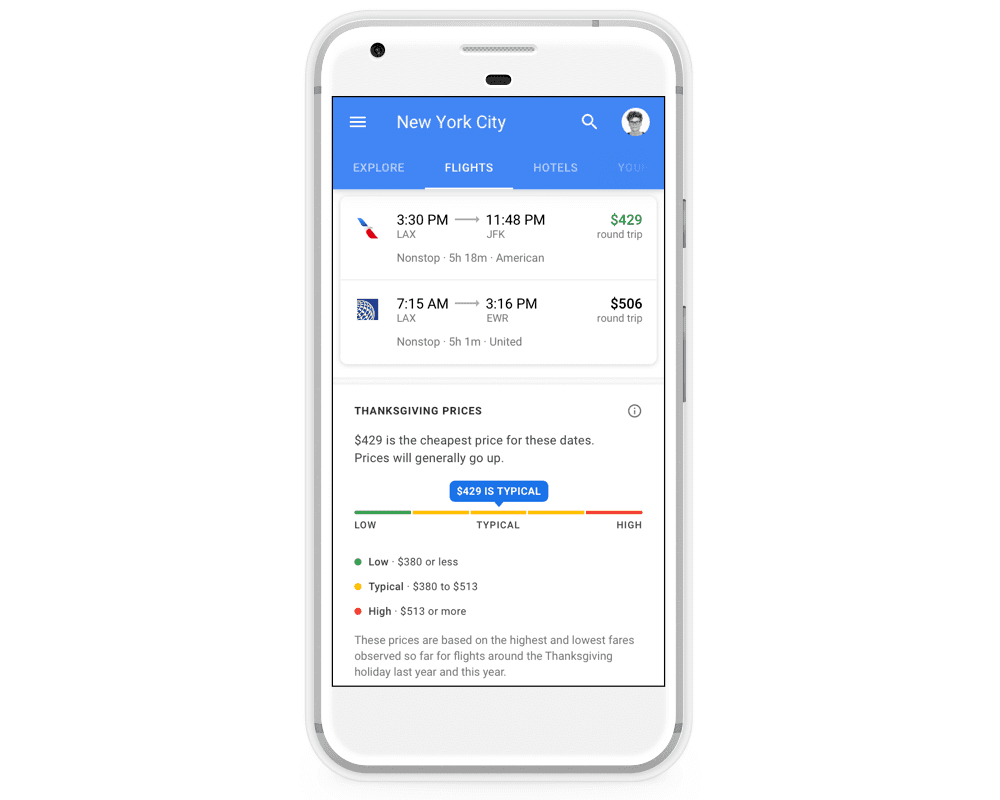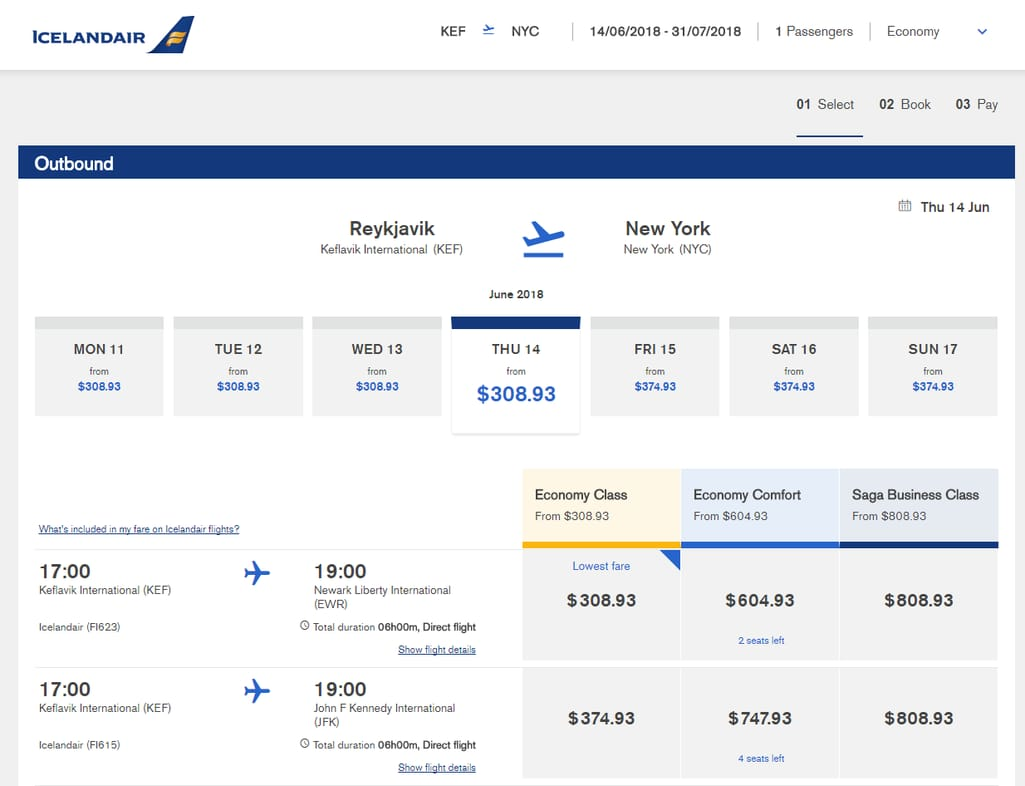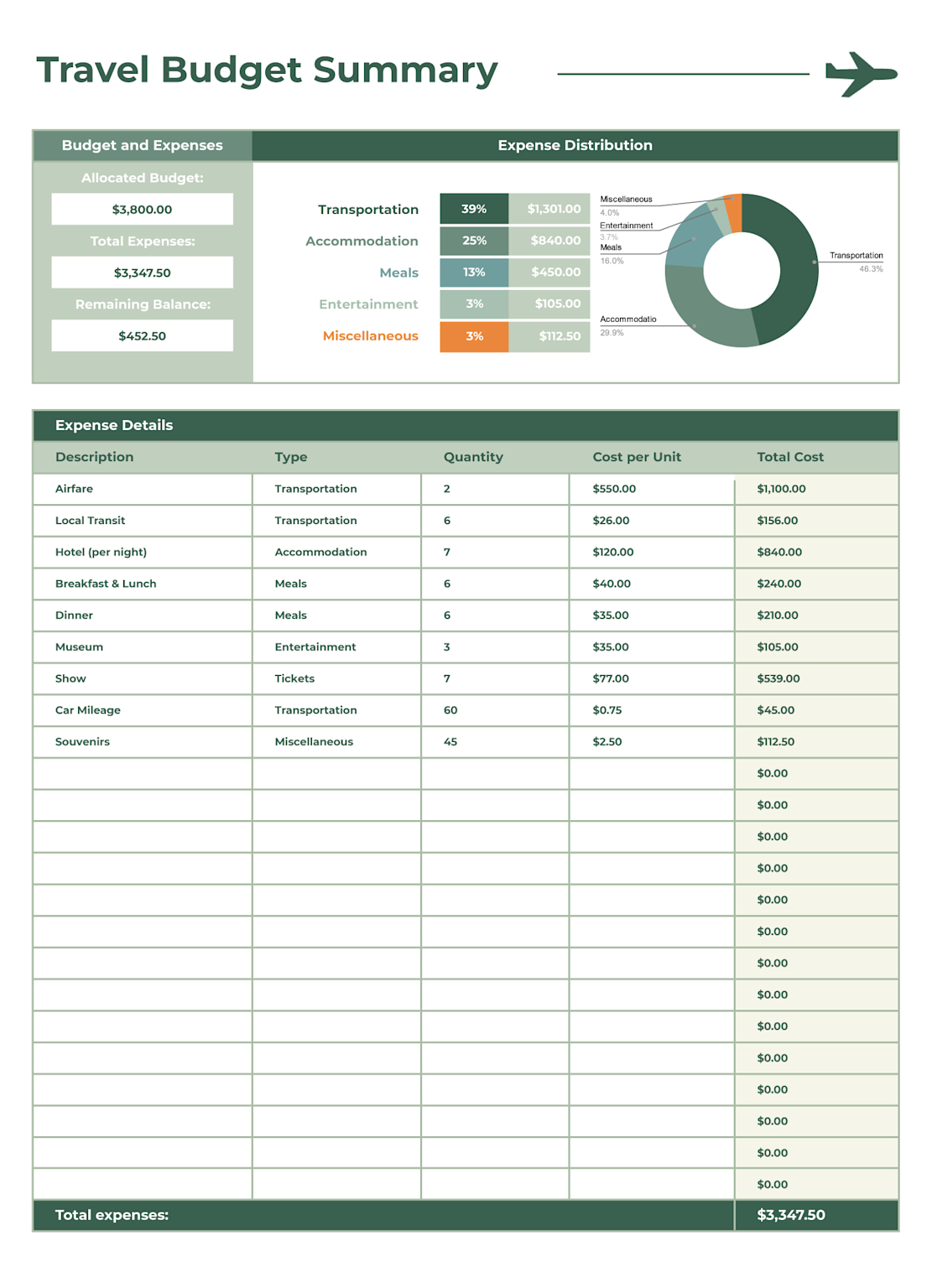With international flight prices increasing by 12% in 2025, smart travelers need proven strategies to cut costs. The five key methods include booking on optimal days (Sundays save 17% on international flights), utilizing flexible date searches and price tracking tools, maximizing credit card rewards and miles programs, choosing alternative airports and multi-stop routes, and avoiding peak seasons while booking 2-3 months in advance.
Master the Art of Strategic Booking Timing
The timing of your flight booking can dramatically impact your wallet, with data revealing specific days and windows that consistently offer better deals. Recent analysis shows that Sunday emerges as the golden day for international flight bookings, delivering savings of up to 17% compared to booking on Fridays or Mondays.

Optimal Booking Windows by Flight Type:
| Flight Category | Best Booking Window | Potential Savings |
|---|---|---|
| International Flights | 60-90 days advance | Up to 17% |
| Domestic Flights | 30-45 days advance | Up to 25% |
| Peak Season Travel | 2-3 months minimum | 11-30% |
The departure day selection proves equally crucial for cost optimization. Thursday departures for international flights cost 15% less than Sunday departures, while avoiding Friday through Sunday travel can reduce costs by up to 20% for domestic connections. Early morning flights (before 3 PM) also face 50% lower cancellation rates, providing additional value through reliability.
Industry data from Expedia’s analysis of 15 billion flights across 490 airlines confirms these patterns consistently across multiple years. However, booking too early (more than 3 months ahead) often results in higher fares as airlines haven’t released their promotional inventory.
Leverage Flight Comparison Tools and Price Tracking
Modern technology transforms flight shopping from guesswork into strategic precision. Google Flights leads the field with comprehensive tracking features covering approximately 300 airlines, offering real-time price alerts, flexible date calendars, and multi-airport comparisons in single searches.

Essential Price Tracking Features:
Google Flights Advantages:
- Price history graphs showing 12-month fare trends
- Explore map feature for destination flexibility
- Date grid comparing prices across multiple departure dates
- Custom price alerts for specific routes
Hopper’s Predictive Power:
- 95% accuracy in price change predictions
- “Price Freeze” feature allowing fare locks for $10-20 deposits
- Recommendation system advising “buy now” or “wait” decisions
Skyscanner’s Comprehensive Coverage:
- Over 1,200 airlines including regional carriers
- “Everywhere” search revealing unexpected deals
- Monthly price view spotting cheapest travel dates
The combination approach proves most effective. Start with Google Flights for reliable baseline pricing and trends, use Hopper for timing predictions, and leverage Skyscanner for comprehensive international coverage including budget carriers often missed by other platforms.
Pro Tip: Always search in incognito mode to avoid dynamic pricing based on browsing history. Airlines track searches and may increase prices for routes you’ve repeatedly viewed.
Maximize Credit Card Rewards and Miles Programs
Strategic credit card usage transforms everyday spending into significant flight savings. Airline miles credit cards typically offer 1-3 miles per dollar spent, with bonus categories providing accelerated earning rates of up to 10 miles per dollar on airline purchases.

Reward Card Categories and Benefits:
General Travel Cards:
- Flexible redemption across multiple airlines
- Fixed value redemptions (1-1.5 cents per mile)
- Travel credits and airport lounge access
Airline-Specific Cards:
- Higher earning rates on brand purchases
- Priority boarding and free checked bags
- Accelerated elite status qualification
Maximizing Miles Value:
- International business class redemptions offer highest value
- Transfer partners expand redemption opportunities
- Sign-up bonuses often worth $500-1000 in travel value
The Miles & More Axis Bank Credit Card exemplifies premium benefits, offering unlimited miles earning, Priority Pass lounge access (2-4 visits annually), and redemption flexibility across Star Alliance partners covering global destinations. Similar programs exist across major Indian banks, with cards offering 2-4 miles per rupee on travel purchases.
Strategic Approach: Focus on cards aligned with your primary airline or alliance, but maintain a general travel card for non-airline spending to maximize overall earning potential.
Explore Alternative Airports and Multi-Stop Routes
Airport flexibility unlocks substantial savings often overlooked by travelers focused on convenience. Flying into alternative airports can save ₹1,000-₹3,000 for domestic connections and significantly more for international routes.

Alternative Airport Strategy Examples:
Indian Market Alternatives:
- Pune (PNQ) instead of Mumbai (BOM)
- Amritsar (ATQ) instead of Delhi (DEL)
- Cochin (COK) instead of Bengaluru (BLR) for South India access
International Multi-Stop Savings:
| Direct Route | Multi-Stop Alternative | Savings Potential |
|---|---|---|
| Melbourne-Rome | Melbourne-Athens-Rome | $120 |
| Melbourne-Istanbul | Melbourne-Athens-Istanbul | $320 |
| Chicago-Siem Reap | Chicago-Bangkok-Siem Reap | $780 |
Multi-stop routing, sometimes called the “Greek Islands trick,” involves purchasing separate flight segments instead of single itineraries. This strategy works particularly well for Eastern European destinations using Western European hubs, smaller regional airports, and routes with limited direct service.
Important Considerations:
- Allow sufficient layover time for connections (minimum 2 hours)
- Check visa requirements for transit countries
- Factor transportation costs between airports
- Consider baggage policies for separate tickets
The key lies in comparing total journey costs including ground transportation, potential overnight stays, and the value of your time against the savings achieved.
Avoid Peak Seasons and Master Flexible Travel Planning
Peak season avoidance represents one of the most impactful money-saving strategies, with travelers saving 30-32% by shifting trips from peak summer months to shoulder seasons like September-October.

Seasonal Pricing Patterns:
High-Cost Periods to Avoid:
- Summer vacation months (June-August)
- Christmas and New Year holidays
- Spring break periods
- Local festival seasons at destinations
Money-Saving Alternatives:
- January-February travel (30% average savings)
- Shoulder seasons (September-October)
- Mid-week departures (Tuesday-Wednesday)
- Off-peak hours (early morning/late night)
Booking Strategy for Peak Travel:
When peak season travel is unavoidable, book 6-8 weeks in advance for regular seasons, but extend to 2-3 months for major holidays. Subscribe to airline newsletters and enable push notifications for flash sales, which often last just hours but can provide significant savings.
Flexible Date Tools:
- Use “flexible dates” in search engines
- Check ±3 days around preferred dates
- Consider extending or shortening trips by a day
Advanced Flexibility Techniques:
- Book one-way tickets separately for better rates
- Consider different departure/return airports
- Utilize connecting flights vs. direct routes (can save 25%)
Budget airlines during off-peak periods offer additional savings but require careful consideration of baggage fees, seat selection costs, and meal charges that can offset initial savings.
Key Takeaways
- Timing Is Everything: Sunday bookings save 17% on international flights, while Thursday departures cost 15% less than weekend travel. Book 60-90 days ahead for international trips.
- Technology Amplifies Savings: Combine Google Flights for baseline pricing, Hopper for predictive timing, and Skyscanner for comprehensive coverage. Always search in incognito mode.
- Credit Cards = Free Flights: Strategic use of miles cards transforms spending into travel rewards. Focus on sign-up bonuses and bonus categories for maximum value.
- Flexibility Pays: Alternative airports and multi-stop routes can save hundreds. Consider nearby airports and break long journeys into segments.
- Shoulder Seasons Win: Avoid peak periods to save 30%+ on fares. September-October and January-February offer the best value for most destinations.
Frequently Asked Questions
Q: How far in advance should I book international flights for the best prices?
A: The optimal booking window for international flights is 60-90 days before departure. Booking too early (more than 3 months) often results in higher fares as airlines haven’t released promotional inventory, while last-minute bookings (less than 3 weeks) typically cost significantly more due to limited availability.
Q: Are budget airlines really cheaper for international flights when you factor in fees?
A: Budget airlines can offer genuine savings, but you must calculate total costs including baggage fees, seat selection, meals, and potential change fees. The Google Flights data shows that flights with layovers (often on budget carriers) can save 25% compared to direct flights. Always compare final prices after adding necessary services rather than base fares alone.
Q: Which credit cards offer the best value for earning flight miles?
A: The best card depends on your spending patterns and preferred airlines. General travel cards like Citi PremierMiles offer flexibility across airlines at 1.2-2.2 miles per dollar, while airline-specific cards provide higher rates (3+ miles per dollar) on brand purchases plus perks like free bags and priority boarding. Focus on sign-up bonuses which often provide $500-1000 in travel value.
Q: Is it safe to book separate tickets for multi-stop routes to save money?
A: Booking separate tickets (multi-stop routes) can save hundreds but involves risks. If your first flight is delayed causing you to miss the second, you’re responsible for rebooking costs since airlines won’t protect separate tickets. Only use this strategy when savings are substantial (over $300) and you have flexible schedules with buffer time between flights.
Q: How effective are price tracking apps in actually finding deals?
A: Price tracking apps are highly effective when used correctly. Hopper claims 95% accuracy in price predictions, while Google Flights provides reliable real-time alerts. Set alerts 2-3 months before travel and track multiple date combinations. The key is patience – wait for genuine drops rather than minor fluctuations, and be ready to book quickly when alerts trigger.
Sources:
- Dollar Flight Club – 15 Hidden Flight Booking Tricks 2025
- Priority Pass – Google Flights Tips and Best Deals
- Ixigo – 10 Tips to Book Cheap International Flights
- Economic Times – Cheap Flight Tips 2025 Travel Hacks
- Google Blog – Save Money Travel with Google Tools
- Follow Alice – How to Book Cheapest International Flights
- CNBC Select – 7 Expert Travel Hacks Save Money 2025
- YouTube – How to Use Google Flights Like Pro
- TravelXP – Flight Booking Secrets Airlines Hope Never Learn
- Trafalgar – Flight Hacks When Book 2025 Flights
- CNET – Want Super Cheap Tickets Google Says Shop
- FlightsMojo – Ultimate Guide Book International Flights
- Reddit Frugal – Best Strategies Find Good Flight Deals
- ZET – Best Credit Card Airline Miles
- The Traveler – Hopper vs Google Flights Better Deal
- Investopedia – Best Days Book Cheapest Flights
- SingSaver – Best Air Miles Credit Cards 2025
- Dollar Flight Club – Flight Price Tracking Essential Tips
- Kayak – Best Time Book Flights Cheapest Days
- Axis Bank – Miles More Credit Card Benefits
- Hopper – Cheap Flights Airline Price Tracking
- Skyscanner India – Best Time Book Flight Tickets
- Skyscanner India – When Flight Prices Drop Cheapest Day
- Booking.com – Expert Tips Best Times Book Flights
- Reddit JetBlue – JetBlue International Flight Reviews
- SCTI – Common Travel Mistakes How Avoid
- Reddit JetBlue – JetBlue London Prices Discussion
- Reliance General – Common Flight Booking Mistakes Avoid
- FlightsMojo – Book Flights During Peak Holiday Seasons
- Reddit JetBlue – How Often JetBlue Sales
- FlightsMojo – Tips Avoiding Common Booking Mistakes
- EaseMyTrip – Best 20 Tips Grab Cheapest Flight Tickets
- Reddit JetBlue – Honest Truth About JetBlue
- YouTube – Avoid 8 Common Flight Booking Mistakes
- Reddit JetBlue – Best Window Get Cheaper Airfares



